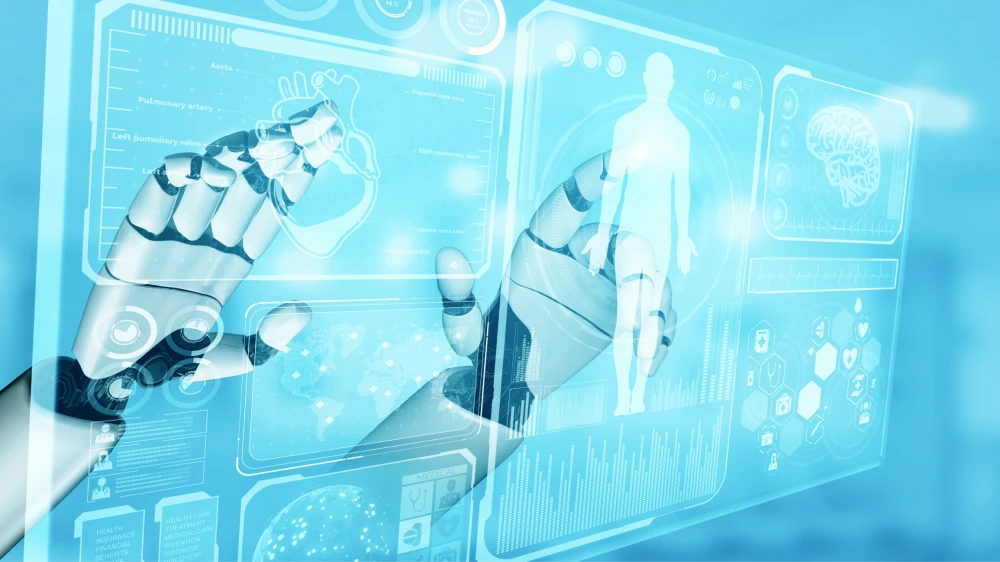The Challenge
UCH moved its primary hospital operations to the new Anschutz Inpatient Pavilion in July 2007. The hospital staff was excited to move
from a building that had been constructed nearly 50 years ago to the state-of-the-art, 410-bed facility. The new floor plan, however,
necessitated changes. Originally, UCH intended to keep the same mobile computer carts it had been using to support electronic medical
record (EMR) documentation.
“We soon realized that our approach — assigning each medical-surgical nurse a cart — would not work with the cumbersome
carts we had,” said Karen Henz, RD, MS, senior systems analyst for information services at UCH. “The new hospital had much longer
hallways to navigate.”
In the new building, nurses were assigned to work with patients in rooms that were not always adjacent. Compared to the linoleum floors
in the older building, the carpeted hallways in the new facility made carts harder to push and maneuver. Door thresholds jostled the
equipment. All of these factors, compounded by the weight of on-board batteries, combined to create physical challenges and even a few
back injuries.
The UCH information technology (IT) support team had its own concerns about the existing fleet of computer carts. Battery maintenance
was costly and presented a host of logistical problems, ranging from leakage to frequent, time-consuming replacement projects. Getting
repair parts could take as long as 12 weeks. Theft of peripherals and accessories was yet another persistent problem.
The Solution
Reviewing its options, UCH first reconsidered its fundamental model for mobile computing. Based on its research and discussions with peers, UCH abandoned its one-cart-per-nurse approach. Instead, it decided to place a dedicated computer in each patient room to support EMR access and, eventually, electronic medication administration (eMAR).
UCH then evaluated mobile carts as opposed to wall-mounted work stations. Cost and construction-related disruptions were key considerations because mounted stations would require retro-fitting the rooms. For convenience and to avoid disturbing patients in their rooms, support staff preferred having the option of removing carts and computers for maintenance.
In addition, these permanent fixtures often required that nurses have their backs to the patients while documenting care – an unfortunate and unacceptable scenario. The UCH project team chose the room-based mobile cart model, assigning one cart per patient room. This decision immediately alleviated physical strain placed on nurses who had been pushing older, heavier carts in the longer hallways of the new hospital building. Within the room, this approach provided the ideal level of maneuverability. Nurses using EMR or eMAR technologies could get closer to the bedside for improved patient interaction.
Download Complete Case Study Here




























